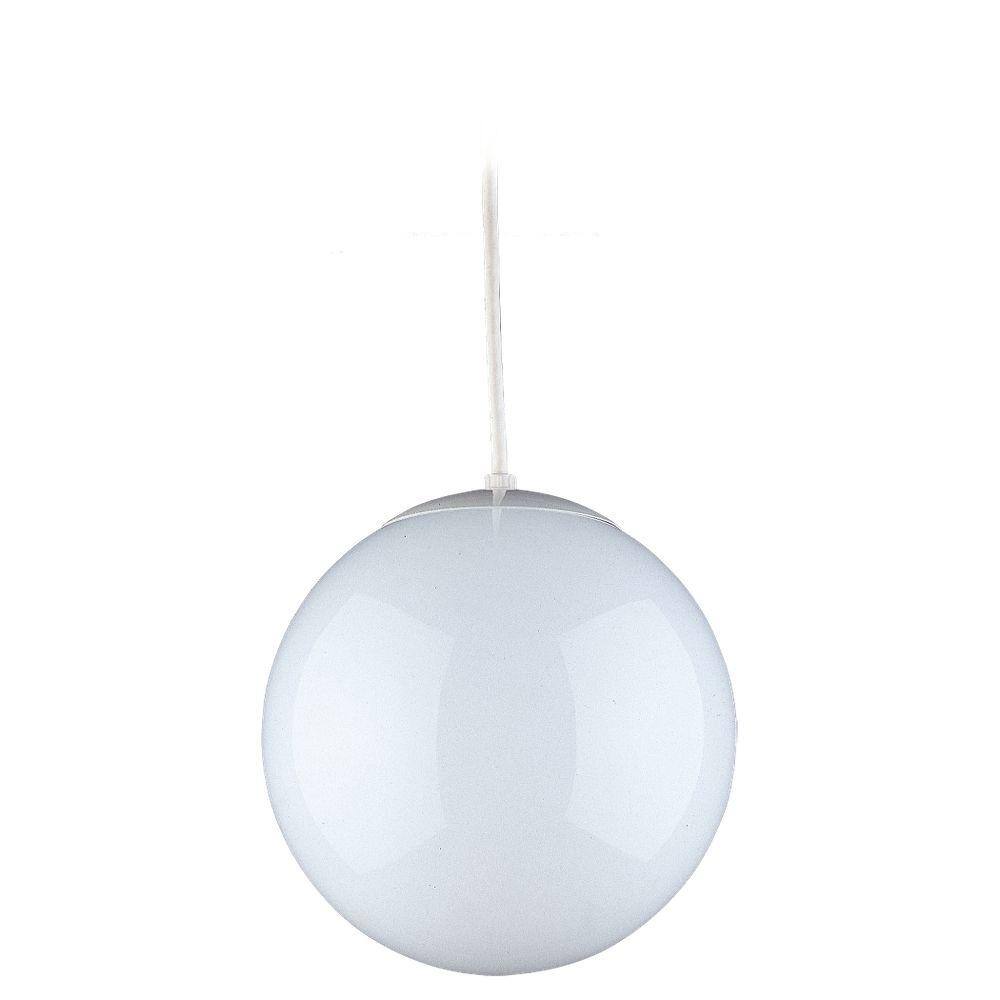jumper
Senior Member
- Location
- 3 Hr 2 Min from Winged Horses
Bottom line in any case is where is the outlet?
The local mall perhaps.
Bottom line in any case is where is the outlet?
I thought I did. Bottom line in any case is where is the outlet? The branch circuit ends there.
2014 NEC Article 100 Definitions.
Premises Wiring (System). Interior and exterior wiring, including power, lighting, control, and signal circuit wiring together with all their associated hardware, fittings, and wiring devices, both permanently and temporarily installed. This includes (a) wiring from the service point or power source to the outlets or (b) wiring from and including the power source to the outlets where there is no service point.
Such wiring does not include wiring internal to appliances, luminaires, motors, controllers, motor control centers, and similar equipment.
The Article 100 Definition of Premises Wiring (System) is careful to tell us that the wiring that is assembled by the manufacturer as part of the assembly of the Luminaire is NOT part of the Premises Wiring between the source and the outlet.
One can't differentiate between the factory whip on an Oven (appliance), and the factory whip on a Luminaire
Which leaves us with one luminaire with a factor installed whip not being premises wiring and the one next to it may have been field installed but is otherwise identical, but that one is premises wiring.
I understand but sometimes things in code do not always make total sense.
Are you going to go around a facility with hundreds of luminaires and tell inspector which ones were field installed and which ones were factory installed?But it does make perfect sense
One is basically already inspected due to its listing and the other needs feild inspection.
You mentioned the field installed whip needs field inspected, do you point out to your inspectors every field installed whip or do they generally just sort of assume they are ok whether field installed or not? Maybe if they see something out of the ordinary I could understand them looking a little harder at what might be going on. I certainly never pointed out such a thing and can't ever recall being asked such things from an inspector, most of the time they will never know if they were field installed or not and generally don't care. Maybe if homeowner Joe did his own work they look much harder at little details like this.IMO it is you that is creating ridiculous scenarios.
I am not seeing these hardships and I work for a company doing tens of millions a year in new construction.
My answer still is at the outlet, which may be in the junction box in some cases or may be in the luminaire in others, whether anything is inspected or not.
Yet the topic of discussion did ask where the branch circuit ends. My answer still is at the outlet, which may be in the junction box in some cases or may be in the luminaire in others,
Bit of a devil's advocate here: actually the wording says nothing about who assembled the wiring. The part you are referring to:The Article 100 Definition of Premises Wiring (System) is careful to tell us that the wiring that is assembled by the manufacturer as part of the assembly of the Luminaire is NOT part of the Premises Wiring between the source and the outlet.
2014 NEC Article 100 Definitions said:Premises Wiring (System). [. . .] Such wiring does not include wiring internal to appliances, luminaires, motors, controllers, motor control centers, and similar equipment.
Bit of a devil's advocate here: actually the wording says nothing about who assembled the wiring. The part you are referring to:
One could argue that the whip isn't "internal" to the equipment. It is obviously sticking out, it is "external". A luminaire may have both internal and external wiring, and while the internal wiring is definitely excluded from the Premises Wiring, the external wiring could become part of the Premises Wiring once the luminaire is installed.
I'm not necessarily embracing this point of view, I just don't think it is a clear cut case of manufacturer assembled versus field installed.
Cheers, Wayne
One could argue that the whip isn't "internal" to the equipment. It is obviously sticking out, it is "external". A luminaire may have both internal and external wiring, and while the internal wiring is definitely excluded from the Premises Wiring, the external wiring could become part of the Premises Wiring once the luminaire is installed.

So, when I hang this cord pendant luminaire:

from a strain relief cord connector in a 1/2" K.O. in a 4" square blank metal cover of a metal 4" X 4" X 1-1/2" metal junction box that is surface mounted. . . you are claiming the Outlet is in the white globe?


